In a context of energy transition and growing concern for the environment, it has become essential to reduce our energy consumption.
One of the main sources of energy expenditure in our homes is related to heating. However, thanks to technological advances, particularly with the emergence of connected heating, it is now possible to control and reduce your energy expenditure while ensuring your comfort. In this article, we will explore different strategies to reduce heating-related expenses.
Understanding the importance of the energy transition
Before diving into the details of connected heating solutions, it is essential to understand the importance of the energy transition. The energy sobriety plan encourages the reduction of energy consumption through economical and responsible practices. The energy transition aims to move from a dependence on fossil fuels to renewable and clean energy sources. The use of connected heating is part of this logic by allowing smarter energy management.
The energy sobriety plan encourages the reduction of energy consumption through economical and responsible practices
Insulation, a major element in achieving energy savings
Insulation plays a vital role in reducing energy costs related to heating. Good insulation helps to limit heat loss and improve the energy efficiency of your home.

The attic is one of the main sources of heat loss in a poorly insulated home. A effective attic insulation can significantly reduce heat loss. There are several attic insulation techniques, such as blown insulation, panel insulation or roll insulation . You can also consider using eco-friendly insulation materials such as hemp wool or cellulose wadding.
Proper ventilation is necessary to ensure indoor air quality , but it is important to ensure that it does not compromise the energy efficiency of your home. Opt for dual-flow controlled mechanical ventilation (CMV), which preheats the incoming air using the extracted air, thus reducing heat loss. Also, make sure to maintain your ventilation system properly so that it functions optimally.
Windows are also sensitive points in terms of heat loss. If your windows are old or poorly insulated, consider replacing them with more efficient models. Double-glazed or triple-glazed windows provide better thermal insulation and reduce heat loss. Also, be sure to seal them well and use thick curtains to limit drafts and additional heat loss.

By improving the insulation of your home, you will significantly reduce your heating needs. Not only will this allow you to save energy, but it will also help improve your thermal comfort by avoiding unpleasant feelings of cold and drafts.
Remember to take into account the specific features of your home, such as its location, orientation and structure, when improving its insulation. It is recommended to call on a professional to carry out a complete assessment of the energy efficiency of your home and guide you in the best insulation solutions adapted to your needs.
By combining good insulation with connected heating solutions, you can maximize your energy savings and contribute to preserving the environment while maintaining an optimal level of comfort in your home.
What are the different connected heating solutions?
Connected heating offers a variety of solutions to meet the specific needs of your home.
Connected thermostats are one of the most common options. They allow you to control the temperature of your home remotely via an app on your smartphone. Some models even have presence sensors and machine learning, which allows them to adjust the temperature according to your lifestyle habits.

Smart thermostatic valves are another interesting solution. They are fixed on the radiators and allow you to individually adjust the temperature of each room, depending on your preferences and the occupancy of each space. This approach allows you to reduce energy costs by heating only the necessary rooms and depending on your presence.
Centralized heating systems , such as connected heat pumps or connected boilers, are also popular. They use advanced technologies to optimize energy use and adjust the temperature according to the needs of your home. These systems can be controlled remotely and programmed to fit your schedule.
Central heating systems use advanced technologies to optimize energy use and adjust the temperature according to the needs of your home.
Pilot wire heating offers more advanced and personalized management of electric radiators, allowing for optimization of energy efficiency and reduction of expenses. By integrating this technology into your connected heating system, you will be able to control and program your radiators more precisely, while achieving significant energy savings.
Things to look out for before installing connected heating
Efficient heat distribution in your home is essential to optimize the use of your connected heating system. Make sure radiators are not blocked by furniture or curtains , which would prevent heat from circulating properly throughout the room. You may also want to consider installing individual smart thermostats on each radiator to better control the temperature in each room.

Installing a smart heating system may be an initial investment, but it can save you money in the long run. When purchasing your equipment, consider the installation costs, expected energy savings and any grants available for energy-efficient systems. Also consider comparing the different offers on the market to find the one that best suits your budget and needs.
It is important to note that even with a connected heating system, it is essential to adopt energy-efficient practices . Set the temperature in your home at a reasonable level and avoid unnecessary waste. Also, use the programming and automations available on your connected heating system to adjust the temperature according to your schedule and lifestyle habits.

How to effectively manage your connected heating?
Efficient management of your connected heating is essential to maximize energy savings. Here are the good actions to adopt on a daily basis to reduce your energy costs and the automations possible thanks to home automation.
- Adopt good management habits can make a big difference to your energy costs. First, make sure you maintain a reasonable temperature in your home. Lowering the temperature by one degree can result in significant savings on your heating bill.
- Also avoid heating unoccupied rooms . Use connected “Fil Pilote” modules or thermostatic valves to adjust the temperature independently in each room. This way, you will only heat the spaces that are actually used, which will allow you to make significant energy savings.
- Connected heating offers the possibility of automating certain tasks for more efficient management. For example, you can schedule heating time slots to fit your schedule. This way, you won't have to worry about manually adjusting the temperature every day. Many connected heating systems are also compatible with sensors, which allow them to automatically adjust the temperature when you're away, reduce it at night, or turn it off when a window is opened.
- Use the programming features of your connected heating system to adjust the temperature to suit your needs. Program lower temperatures when you are usually away or during sleeping hours. You can also use predefined programs based on times of day, such as a gradual warm-up in the morning or a temperature drop during the night.
- There are many applications and management platforms available to help you optimize the use of your connected heating system. Some allow you to monitor and control your heating remotely, giving you greater flexibility and control over your energy costs. You can also get detailed reports on your consumption and identify areas for improvement.
In summary, by adopting the right actions, automating certain tasks, programming your connected heating system and using management solutions, you can effectively reduce your energy costs. Be sure to use these features in combination with good insulation and overall management of your energy consumption to obtain the best results. By reducing your energy footprint, you will contribute to the preservation of the environment while making savings of up to 20% on your heating bills .

In conclusion, connected heating offers many possibilities to reduce your energy costs. By combining good insulation, the use of connected heating solutions and efficient management, you can make significant savings while preserving your comfort. Remember that every action counts and that every small effort to reduce your energy consumption contributes to preserving the environment . So, don't hesitate to adopt connected heating solutions to save energy and contribute to the energy transition.
NodOn, specialist in accessories for the connected home and connected building
NodOn, an expert in the field of connected objects for Smart Building since 2013, designs and manufactures a whole range of connected products.
From the “Wireless” Zigbee On/Off control module for a boiler, to the EnOcean “Wireless & Battery-Free” invisible opening sensor for your windows, or even with a temperature probe, ... you will certainly find the product(s) suited to your needs.
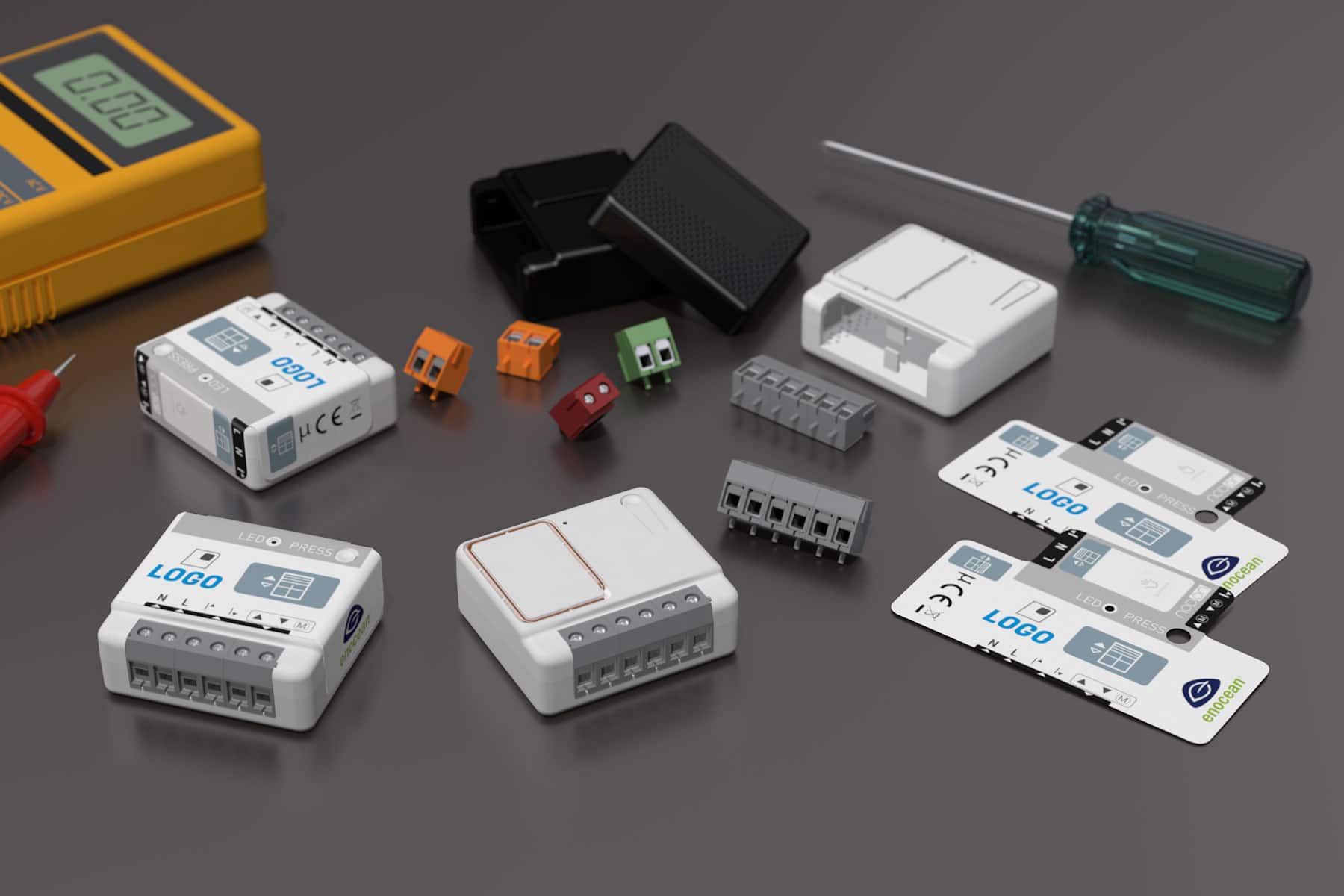
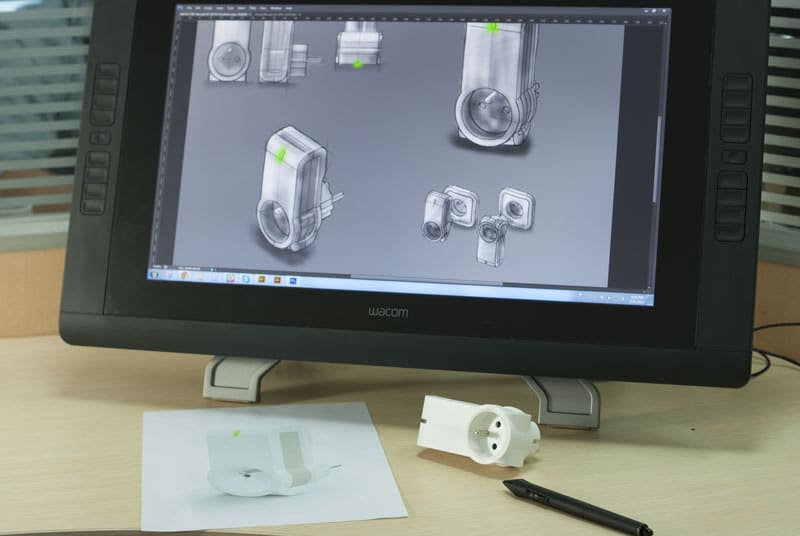
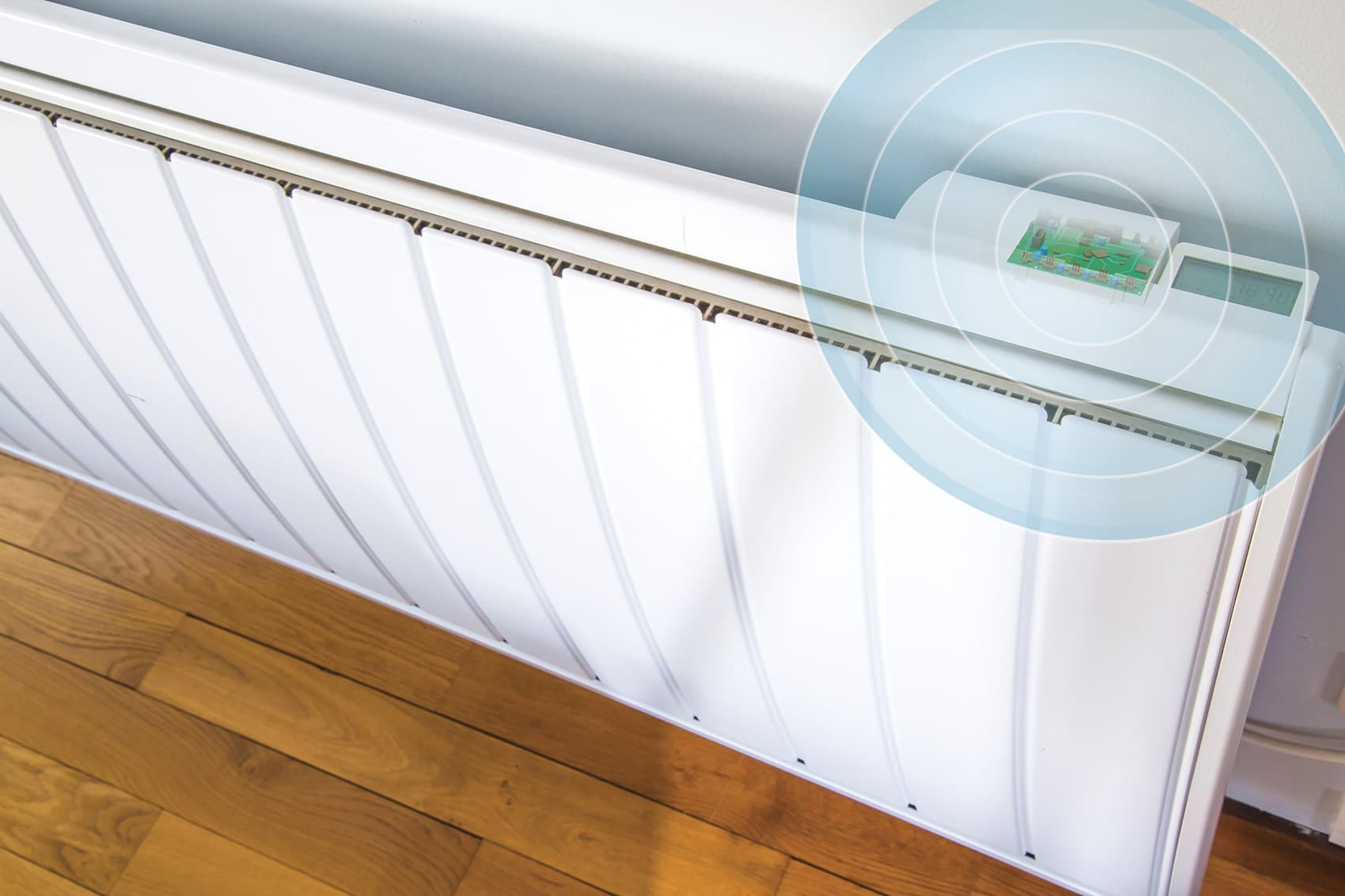
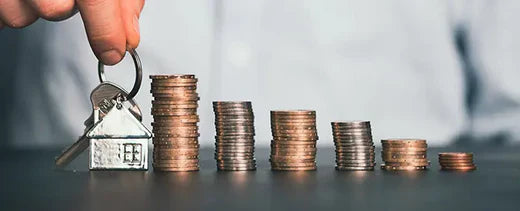
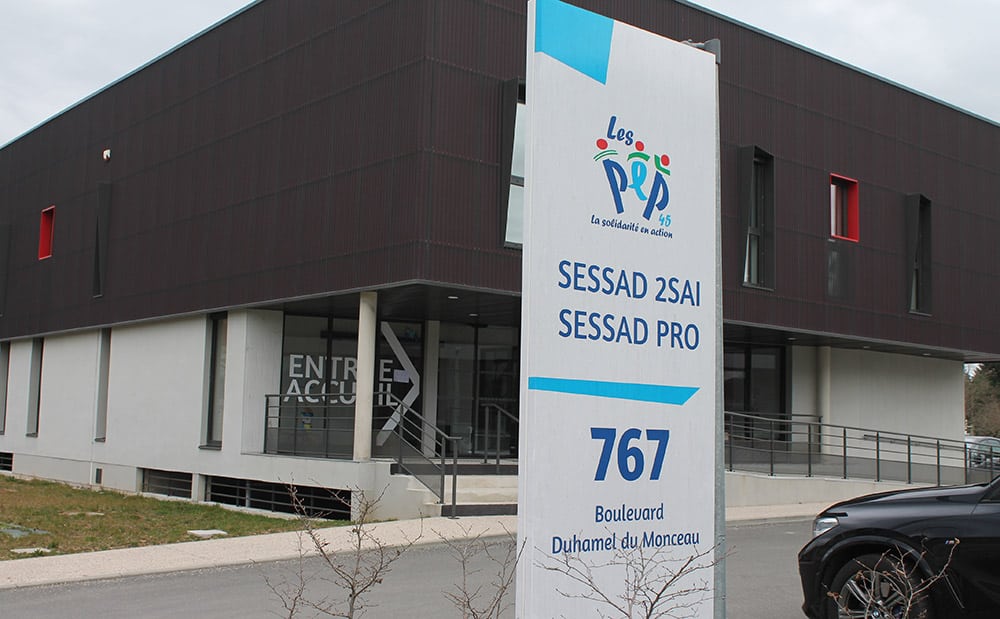

Leave a comment
This site is protected by hCaptcha and the hCaptcha Privacy Policy and Terms of Service apply.